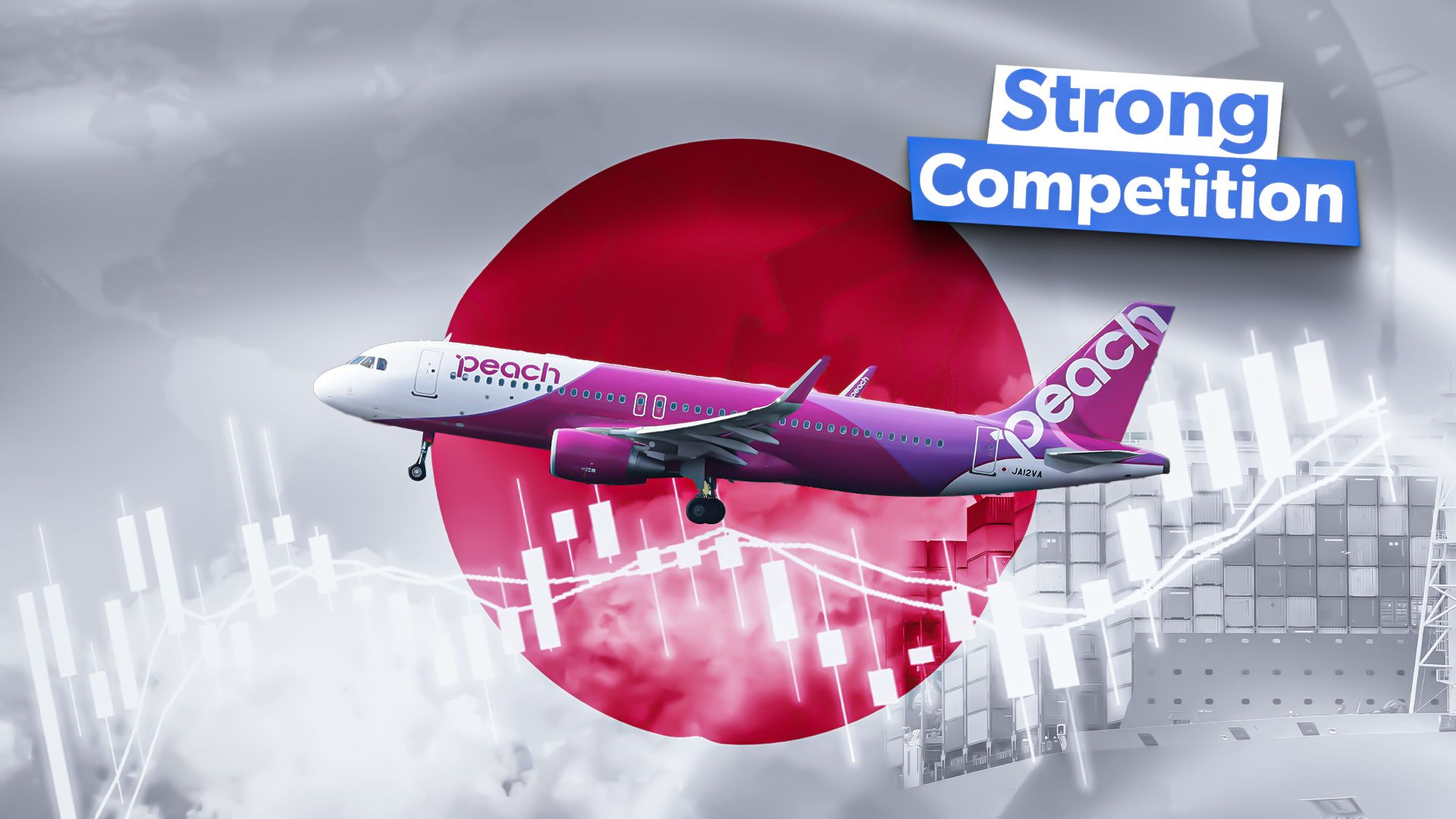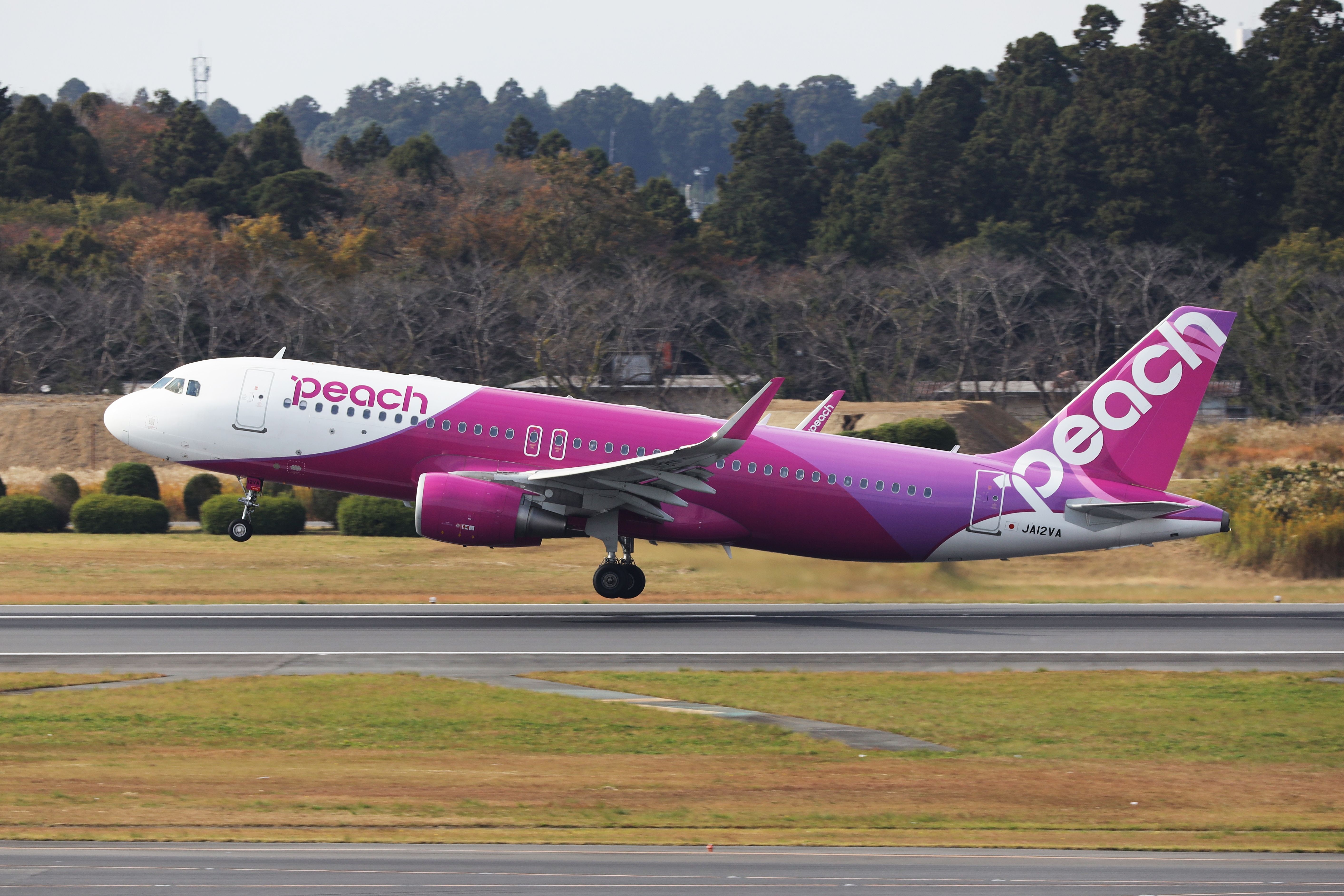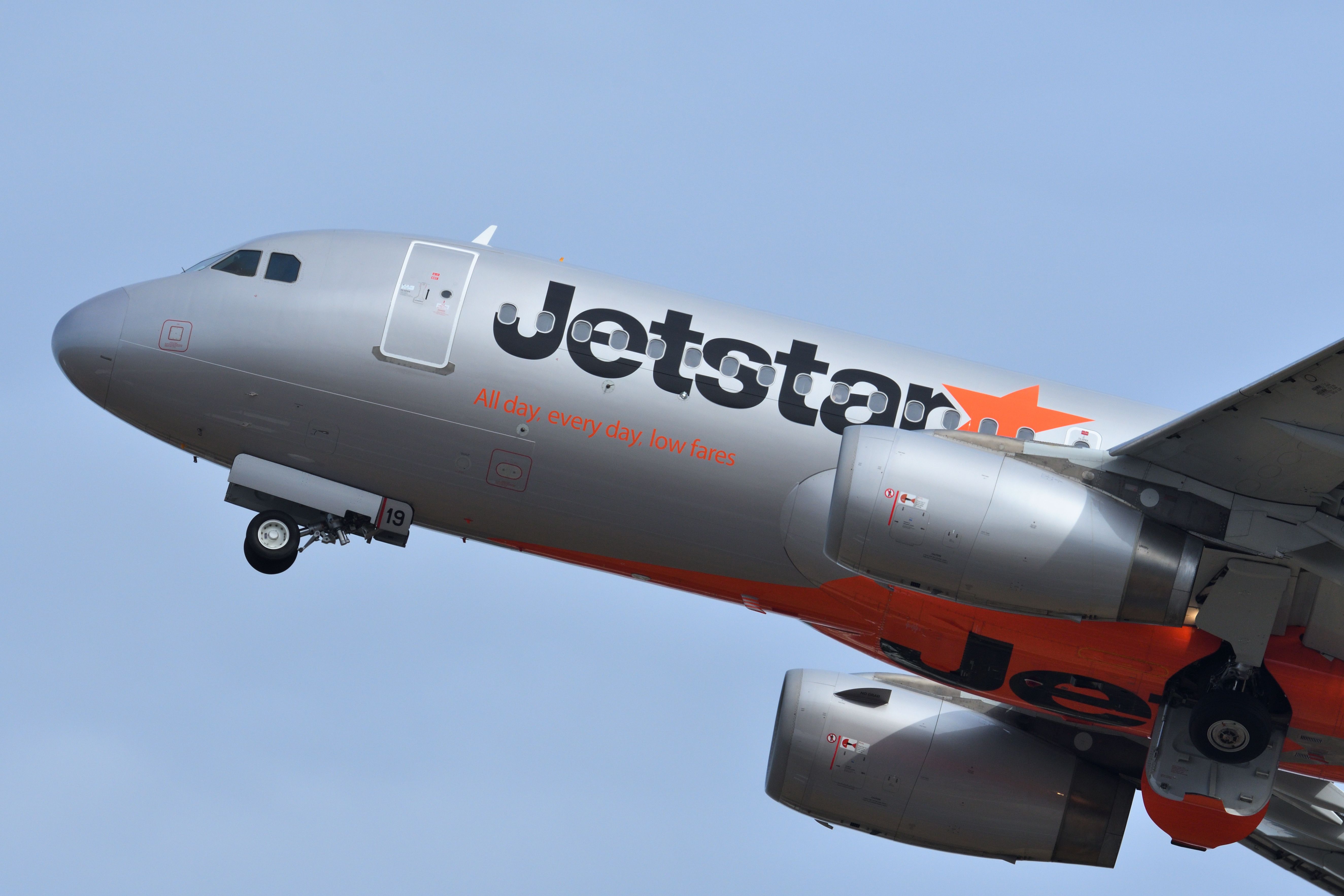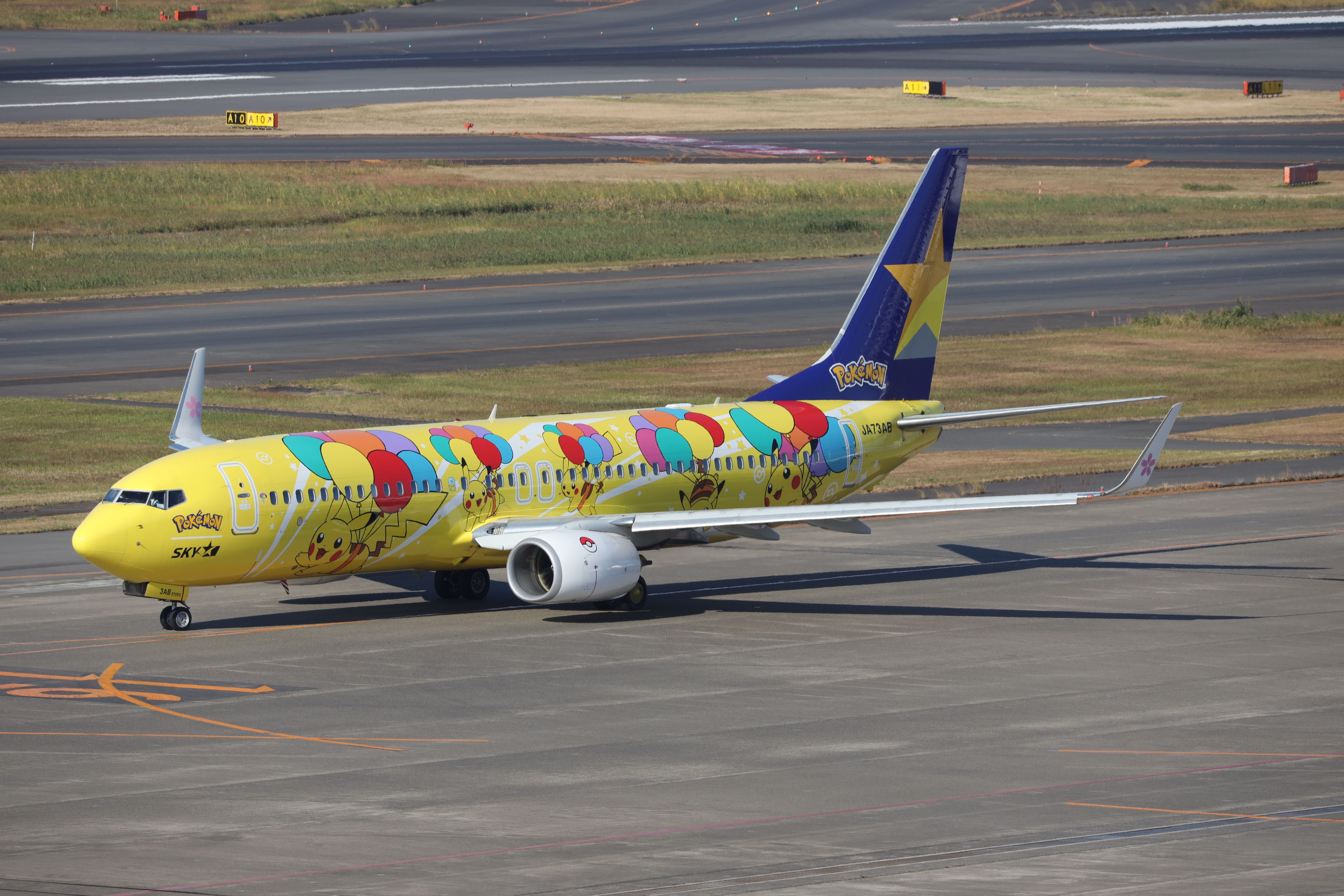In the first fifteen years following the conclusion of the Second World War, the Japanese domestic air transportation industry grew rapidly, with high-demand routes between many of the nation’s major cities serving as the perfect economic groundwork for the rapid growth of the domestic aviation industry. Even when the Shinkansen bullet trains first entered service in the late 1960s, domestic flights remained a crucial part of the financial puzzle for major airlines like Japan Airlines and ANA.
Over time, however, as high-speed rail networks became more and more sophisticated, the airlines began to struggle to compete with the efficiency and convenience of the train, forcing these carriers to pivot more towards internationally focused networks. As a result, airlines like the country’s two primary flag carriers began operating global networks which drew massive numbers of passengers on connecting itineraries.
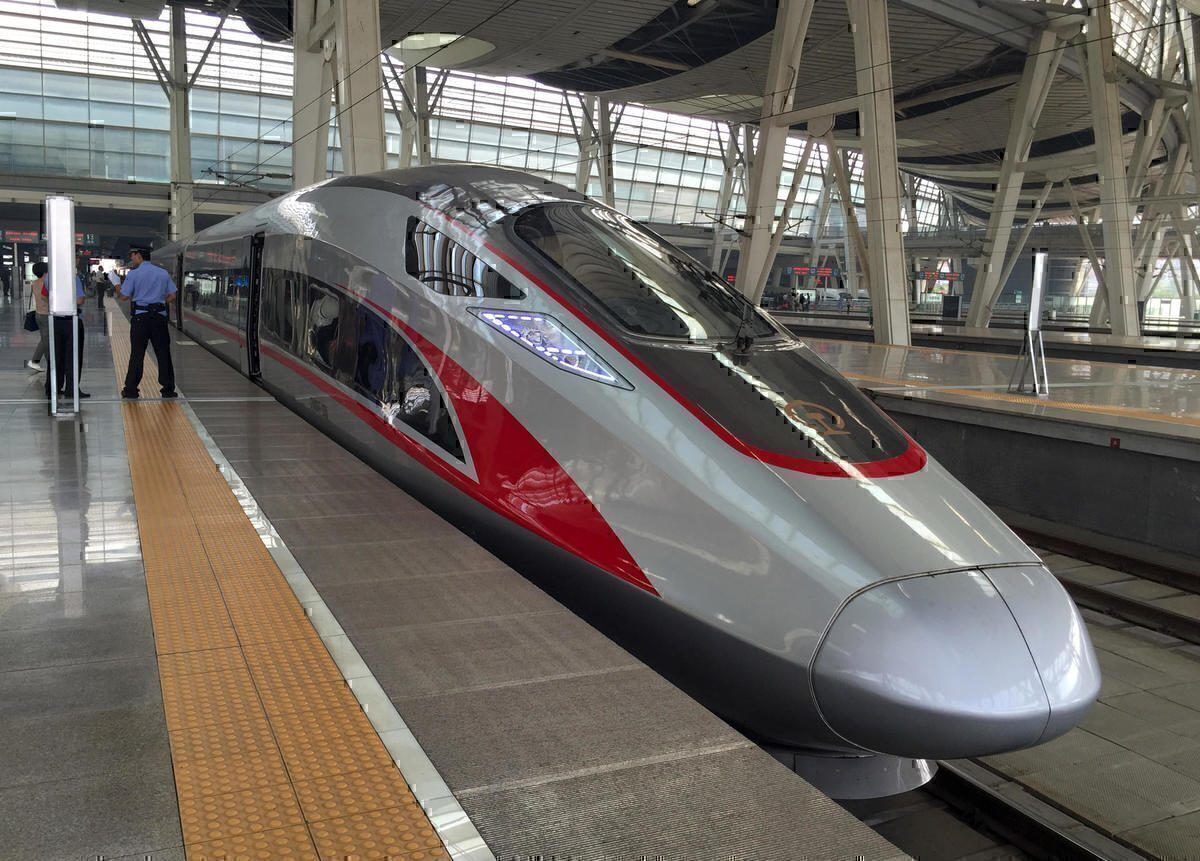
Related
How Hong Kong’s Aviation Industry Could Be Ruined By Chinese Bullet Trains
The advent of low-cost airlines in the Japanese market
As the turn of the millennium came around, low-cost airlines
had already proven themselves in the United States and in Europe, where they had notably become a major challenge to regional rail. For those traveling across Europe three decades ago, an all-inclusive Eurail pass was undeniably the way to go, but today, options like the Wizz Air all-you-can-fly pass are significantly more appealing.
In Asia, budget airlines had also begun to take off by 2010, with Tony Fernandes’ AirAsia quickly becoming a major player in Southeast Asia and IndiGo becoming the most important domestic airline in India. By 2012, multiple low-cost carriers had begun to enter the domestic Japanese market, with the goal of challenging rail operators, primarily on longer routes where the convenience of the train was debatable. Let’s take a deeper look at how the launch of low-cost carriers in Japan affected high-speed rail services in 2012 and then explore where the domestic aviation and rail transport industries in Japan remain today.

Low-cost airlines did not significantly reduce Shinkansen numbers
In 2012, Japan’s high-speed rail network was more dynamic than ever, with efficiency improvements and new lines opening over the past few years. During this year, domestic low-cost aviation truly came into the mainstream, with the nation’s first two major domestic budget airlines, Peach Aviation, and Jetstar Japan, taking to the skies during that year.
Photo: Kittikun Yoksap | Shutterstock
The former, a part-owned affiliate of legacy airline ANA (which had a 38.7% stake in the carrier), launched 14 domestic routes within the nation using a fleet of 19 Airbus A320 jets in March 2012. Jetstar Japan followed suit in July, launching 17 new domestic routes with a fleet of 21 Airbus A320 jets. These routes were directly intended to challenge the Shinkansen, offering services like these:
- Tokyo to Nagasaki
- Osaka to Tokyo
- Sapporo to Fukuoka
According to the International High-Speed Rail Association, the Shinkansen’s passenger numbers were mostly unaffected by this increase, steadily rising year-over-year from around 130 million annual passengers in 2010 to over 160 million in 2015. What is interesting to note, however, is that domestic passenger numbers for low-cost carriers also increased, according to an analysis from Xiaowen Fu and James Peoples’ 2019 book Airline Economics in Asia.
Statistical analyses can provide some unique insight into these relationships
Therefore, a different kind of data analysis is needed to determine how the introduction of low-cost passenger airlines affected the three different kinds of domestic travel operators in Japan (trains, low-cost airlines, and full-service network carriers). First, we can immediately note that low-cost carriers in Japan have rapidly grown, with many more new airlines entering the market in the years after 2012, with Vanilla Air launching in December 2013, Spring Airlines Japan launching in July 2014, and AirAsia Japan launching on October 17th. Further industry growth was also exhibited post-pandemic.
Photo: viper-zero | Shutterstock
To gauge the impact of low-cost airlines entering the domestic market on legacy carriers, Simple Flying performed an analysis of how legacy airline passenger numbers were impacted on the seven most important domestic routes in Japan, as determined by Fu and Peoples. A linear regression indicated that for each year that low-cost airlines began operating domestic networks in Japan, there was an average decrease of over 311 thousand full-service network carrier passengers.
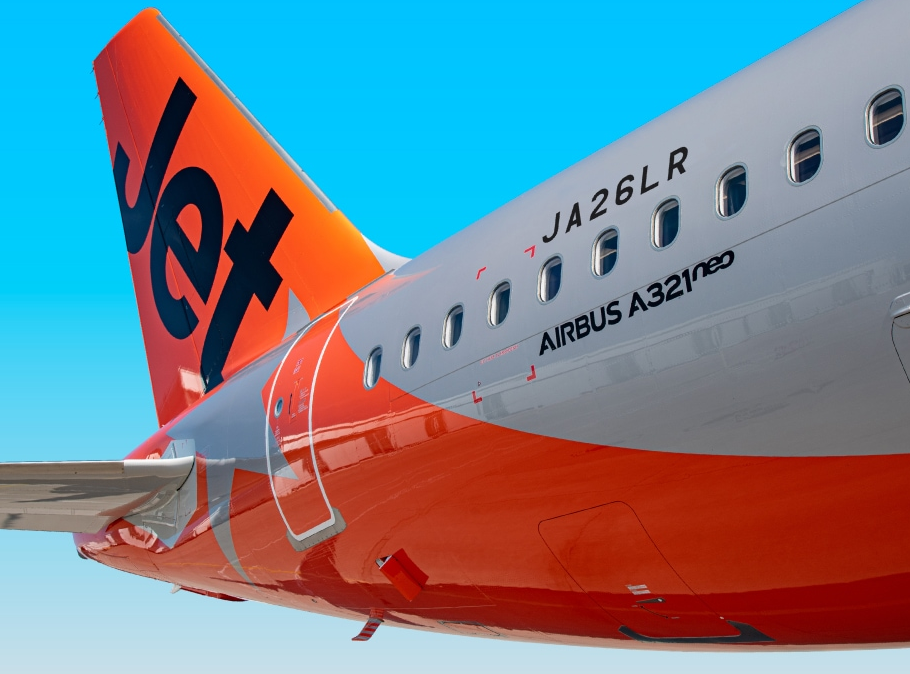
Related
Where Jetstar Japan Will Fly Its Airbus A321LRs
Jetstar Japan will begin using its first A321LR on a scheduled basis from July 1st.
A second regression was also performed to determine how the market entry of low-cost carriers in 2012 impacted Shinkansen passenger growth. The model noted that before the introduction of low-cost carriers in 2012, Shinkansen passenger figures had been growing by an average of 6.5 million passengers per year. Following the introduction of budget airlines, this number began to decrease to just 6 million.
So what does this all mean, and where do Japan’s domestic transportation industries stand today?
From the data, we know that low-cost airlines entering the domestic market led legacy carriers like ANA and Japan Airlines to significantly reduce their domestic capacity, likely as they struggled to compete with the low fares offered by many of these leisure airlines. For the most part, passenger rail numbers were relatively unaffected, but they did marginally slow the growth rate of Shinkansen passenger traffic.
At the end of the day, even low-cost airlines couldn’t beat the convenience of extremely efficient high-speed rail. Where they did make an impact, however, was on some longer-distance routes from the nation’s northernmost island, Hokkaido, to the southern regions of the country. On these routes, the airlines could offer better travel times, and, in many instances, also at better prices.
Photo: Kittkun Yoksap | Shutterstock
Today, low-cost airlines still play an important role in the Japanese aviation market. Peach Aviation, Jetstar Japan, and Skymark Airlines, which had existed in Japan since 1996 but did not transition to a true ultra-low-cost model until more recent years, still remain dominant players in the market today, and some long-haul low-cost airlines have even emerged. Furthermore, Shinkansen passenger traffic has slowly rebounded since hitting a low watermark of under 75 million passengers back in 2020.

